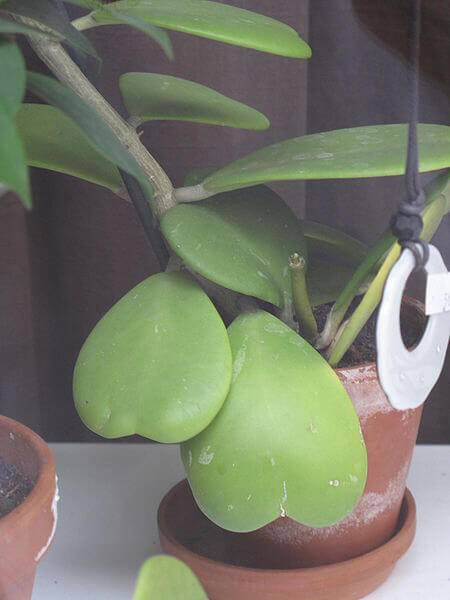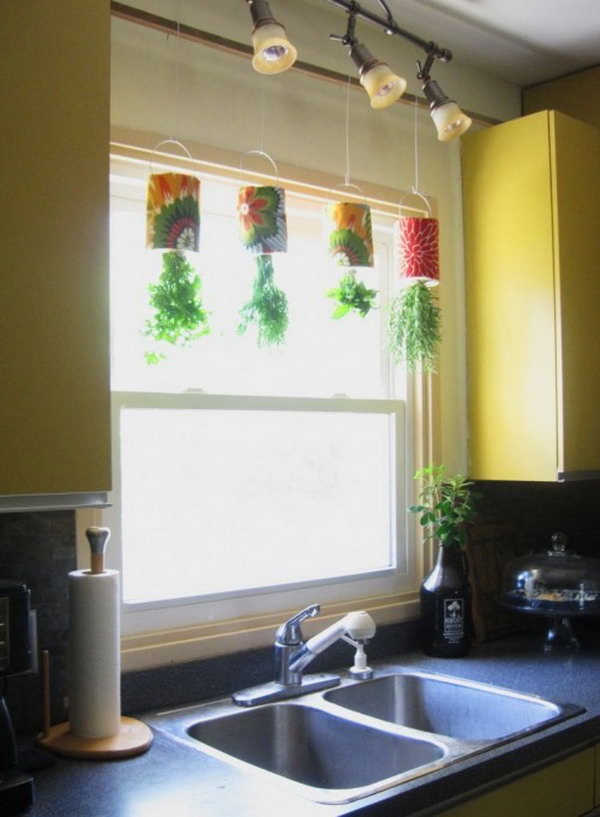How to Prepare Your Plants for Snow Al's Garden & Home
Table of Content
If your garden or potting soil cannot sustain your flowers due to the degradation of its physical properties, you need to replace it. Don't worry if plants and flowers look wilted in the hottest time of the day. As long as the top of the soil is moist, you probably don't need to water. Wilting is a self-protective mechanism to prevent too much moisture loss from the root area.
If the nitrogen content is too high, the plant may grow a lot of leaves, but few flowers. Gently work the stem out of the potting mix and lift it straight up to inspect the bottom for roots. If you see them starting to form, then your cutting is growing well. Carefully place your hoya back into the potting mix and firmly press it back up against the stem, but don’t use the plastic bag anymore. When watering your cactus, make sure to use lukewarm or room-temperature water.
Pin this plant guide
It should contain ingredients like pumice, perlite, composted bark, and other organic material to create the ideal texture for cacti roots. This ensures that the plant can receive enough water without becoming overwatered. However, you can also help some of them to grow larger if that's what you want. However, if you'd like to help your cactus grow a little bit more quickly, you can. If you want to fertilize your cactus, look for a fertilizer specifically designed for succulents and cacti.

Slow leaf growth, brown and dried leaf edges, and lower leaves become yellow and curled means the plant is dehydrated. If you see mould formations on the surface of the soil or the water is standing at the bottom of the container that means the plant has been overwatered. In some cases, less or overwatering the plant also destroys it. Plants which have lush, thick leaves need more water than plants with waxy or leathery leaves. You can also use soil from another place in your home or business premise, but you need to fumigate it to kill any pests and diseases.
Avoid repotting in winter.
As a result, you should try to pull weeds whenever you see them pop up. Grasp each weed as close to the ground as you're able, and then pull it straight up. As you repot your houseplants, it's also a good time to divide those with multiple stems to create new plants.
There’s something about bringing the green from the outdoors to the indoors that brightens up our homes and workplaces. Some plants are poisonous to animals - so check these details about your chosen plants before bringing them into the home. Some seeds do not sprout/grow because of their low quality.
Cactus soil mix
Be sure to completely cover the roots with the potting mix. Leave the rest of the leaves on the hoya stem so they can absorb sunlight and help your plant develop healthy roots. Fertilizing your cactus can be great for its overall health and growth, but it is not necessary. Cacti are very resilient and can survive without fertilizer as long as they are provided with enough light and water. Yes, you can put your cactus outside in the summer but it is important to take a few precautions beforehand. Before moving your cactus from indoors to outdoors, make sure the temperature and humidity of the environment are suitable for its needs.

Also, it has many health benefits, such as reducing stress and eliminating air pollutants. In living in a condominium, you really want to make it as comfortable and aesthetic as possible. Adding plants to your surroundings does not only add beauty to your home. It also helps clean the air and reduce your fatigue and stress.
Water Deeply, Rather Than Lightly and Frequently
“Soil” is a bit of a misnomer when it comes to the growing media used for indoor plants. The best growing media is soil-less and is a combination of equal parts peat moss, vermiculite/perlite, and compost. Different pot plants thrive in different light, so make sure you tailor your indoor garden to the right lighting needs. Make sure you position pot plants around the home according to their necessary light levels and temperatures. Some plants thrive in the colder temperatures, whereas some need light. Aphids are the most common bugs you’ll find lurking around and making their way to feed on your precious plants.
Others include cacti, succulents, and many cultivars bred to produce multicolor or variegated leaves. Some plant types however will leave the plant stumped with general names like general foliage, assorted palms, or desert cacti. With reference and advice from a garden pro, you can learn to identify many genus by looking at them. Wilting, browned leaves, and flower buds that develop poorly are signs that your plant is suffering from low humidity.
Keep the plants away from frosty windows and areas of the house exposed to cold drafts and low temperatures. Winter can bring sudden problems that might become deadly for your plants. So it is best to watch your houseplants to ensure that they are doing well. Relocate your plants to the bathroom or kitchen, which have higher humidity levels than the other rooms of your house.

However, winter care of indoor plants is nothing complicated, and we are here to simplify it for you. In this article, we shall learn how to take care of indoor plants in winter. Once the roots have formed, fill a 3–4 in (7.6–10.2 cm) pot with orchid potting mix and transplant the cutting into it.
Comments
Post a Comment